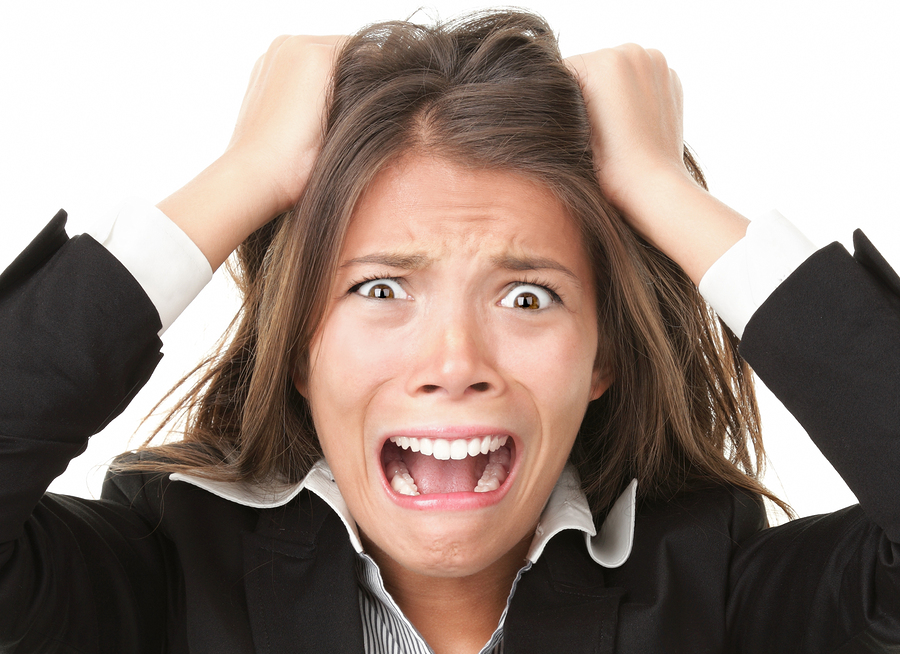What steps do I need to take if my child has lice?

Step 1: Don’t panic.
Head lice happens, and it’s okay! There are an estimated 6 to 12 million cases of head lice each year among children age 3 – 11. Having head lice is an incredibly common experience that most people will encounter at some point or another in their lives. Eliminating an infestation will take patience, and the process is made much easier when the family remains calm.
Step 2: Get everyone in the household checked.
It is important to determine who has head lice and who doesn’t. If one person is left in the household untreated they may pass around the infestation to other family members. School nurses, doctors, and lice removal services can conduct head checks. Wet head checks are the most effective way to determine if a person has head lice or not. You can perform a wet head check at home by wetting the hair, detangling, combing through with a Head Hunters Pro-Lice comb, and periodically wiping the comb off onto a white paper towel.
Step 3: “I want to clean my entire house!”
Lice are not like fleas: they do not infest the home. A louse will dehydrate and die within 24-48 hours if they fall off the head. If a nit falls off the hair strand it has lost its heat source, and will no longer hatch. The odds of getting head lice from an inanimate object are very low: about 1%.
The only cleaning necessary is to wash sheets, pillowcases, and comforters. Stuffed animals that are slept with can be put in the dryer for 30 minutes or isolated for 24 hours. Any hair brushes, hair bows, or other hair accessories can be put in a Ziploc bag and put into the freezer for 3 hours.
Step 4: Choose a method of treatment.
Though it is many parents’ first instinct to run to the store and buy a head lice treatment kit, these kits are often NOT effective. These kits include inferior lice combs and potentially harmful chemicals that lice have grown resistant to.
For those who have never dealt with head lice before, it is highly recommended that you consult a professional lice removal service. These professionals deal with head lice every day and will be able to give you all of the right information and guidance you need to handle the situation. If you choose to receive treatment from these services, it takes significantly less time than it would to treat at home, and gives the entire household peace of mind.
The most important tool at your disposal is a good lice comb. The Head Hunters Pro-Lice comb is the #1 lice comb on the market and its steel, micro-grooved teeth will prove to be very effective in removing the infestation.
Always comb on wet and detangled hair. You want to make sure you eventually hit all parts of the scalp, especially the “hot spots” for lice which include the nape of the neck, behind the ears, and the crown of the head.
Step 5: Protect and Prevent
After treating head lice everyone who had it should now be in “prevention mode” for at least the next 30 days. Lice leave a scent behind in the hair that attracts other lice families, and makes you more vulnerable to getting head lice again. Keeping long hair contained in braids or buns eliminates the bridge lice need to transfer and reduce the chances of getting re-infested. Everyone can reduce their chances by using a repellant spray before school/social activities and reducing their instances of head to head contact. Head to head contact is how head lice is spread 99% of the time, and it only takes 3 seconds for a louse to transfer.



